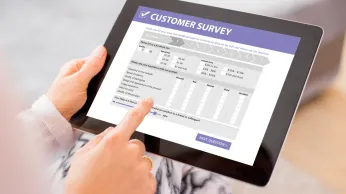15 Customer Loyalty Programs For Small Business
Looking to build stronger customer relationships? These 15 small business loyalty program ideas—from tiered perks to gamification and digital rewards—offer creative ways to retain customers, encourage repeat purchases, and drive lasting brand engagement.
En esta página
Los clientes son uno de los mayores activos de cualquier empresa. Tanto si se trata de una pequeña como de una gran empresa, la capacidad de una empresa para retener a sus clientes y mantener su compromiso puede ser decisiva. En este sentido, toda empresa necesita desarrollar con éxito una conexión con su base de clientes y mantener esta conexión a través de diferentes estrategias.
While loyalty programs can be a great way to attract and retain customers, many ideas and strategies have become immensely overused. And these overused strategies have the inverse impact of repelling your customers rather than attracting them.
However, businesses nowadays need innovative ideas and creativity in their strategies to meet their loyalty program goals. 76% of Americans report increased spending when they are part of a loyalty program. This is even more crucial if you are a small business just beginning to make a mark in the industry.
El resto necesita replantearse sus estrategias y su enfoque. Con un programa creativo que le diferencie de sus competidores, podrá atraer la atención de sus clientes desde el primer momento.
Así que, si usted es una pequeña empresa que lucha por hacer fluir su creatividad, aquí tiene 7 ideas sobre programas de fidelización para pequeñas empresas que pueden ayudarle a conseguir el efecto deseado.
Why are customer loyalty programs important for small businesses?
Customer loyalty programs are especially important for small businesses because they help level the playing field with larger competitors while fostering meaningful relationships with customers. Here’s why they matter:
1. Encourage repeat purchases
Loyalty programs give customers a reason to come back by rewarding them for ongoing engagement and purchases. This helps boost customer lifetime value and supports steady revenue.
2. Strengthen customer relationships
With personalized perks and thoughtful touches, small businesses can create a deeper emotional connection that makes customers feel appreciated and seen.
3. Improve retention and reduce churn
It’s more cost-effective to keep an existing customer than to win a new one. Loyalty programs help retain customers by recognizing their commitment.
4. Boost word-of-mouth and referrals
Happy, loyal customers are more likely to recommend your business. Referral rewards make it easier for them to spread the word and bring in new buyers.
5. Gather insights to improve your service
Loyalty programs help collect data on customer preferences and buying behavior, giving you the insights needed to improve offerings and marketing.
6. Stand out from competitors
A creative loyalty program sets your business apart. Offering unique perks or personalized rewards gives customers more reason to choose you over others.
7. Drive engagement during slower periods
Special loyalty promotions can help bring in sales during off-peak times and keep customer interest alive year-round.
15 Loyalty programs for small businesses that work wonder
Here are 7 creative ideas for you to consider when designing your loyalty program. Depending on the industry you operate in and the kind of services you offer, you may adopt variations of these ideas to provide benefits that are sure to engage and attract your customers.
1. Conceder el máximo de puntos por gasto
One interesting strategy you can implement is to award points based on the amount the customer has spent. This means that you can establish different points that the customer will unlock when crossing certain milestones in terms of the amount they spend.
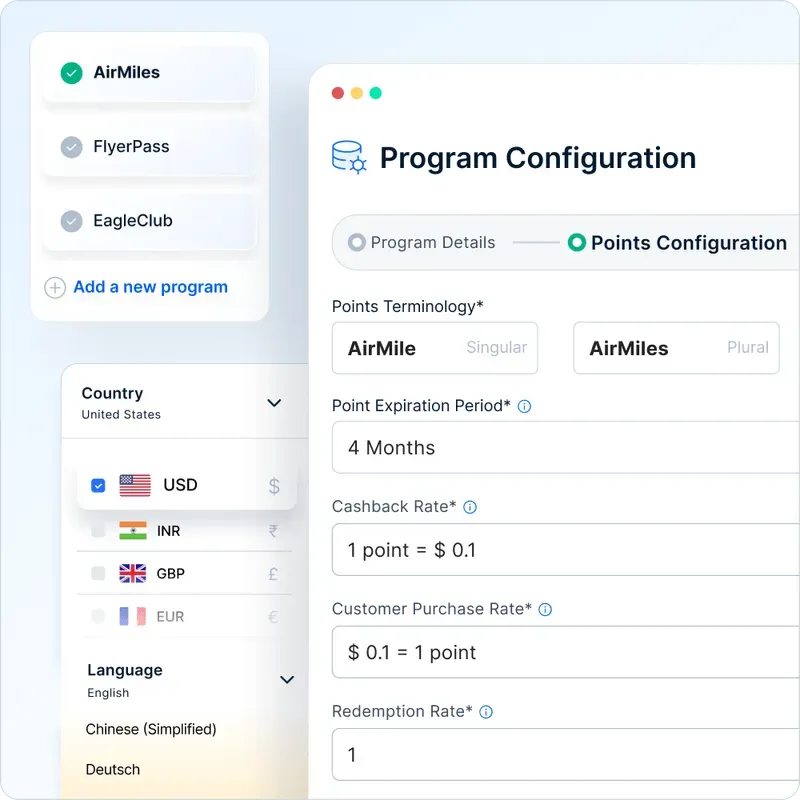
Puede establecer este importe por transacción o de forma acumulativa, siendo necesario que el valor total de las compras realizadas hasta un momento determinado alcance un importe de hito. En consecuencia, puede proporcionar ventajas ofreciendo regalos o beneficios en función de los hitos superados. Otra posibilidad es abonar puntos en las cuentas de los clientes, que podrán canjear en sus futuras compras.
2. Organizar ofertas y programas basados en festivales o acontecimientos
Festival-based and event-based promotions are common but incredibly successful strategies to keep your customers satisfied when implemented properly. While sales and promotions during festivals and events are given, you can provide special offers only to those who are a part of your loyalty programs, such as free samples or combo offers. These events can be national holidays, local and regional festivals, company anniversaries, etc.
Además, puede personalizar esta estrategia ofreciendo ofertas y promociones especiales a los clientes en sus días especiales, como sus cumpleaños o aniversarios. Esto puede generar una mayor satisfacción del cliente y no solo puede ayudarle a retener a sus clientes, sino también a obligarles a comprar más en sus días especiales para disfrutar de su oferta personalizada.
3. Personalized touchpoints
Many brands today are so focused on referral programs and conversion rates that they often overlook the chance to create meaningful, personal connections with customers. A great example of standing out is adding personal touches during key moments like onboarding or offboarding, think handwritten notes, sending birthday flowers, or gifting a book tailored to the customer’s interests.
Most loyalty programs are transactional, but small businesses have the unique advantage of offering something truly heartfelt because they know their customers well. When offering perks, it’s important to align them with customer interests, and when using points, they should be redeemable at places customers already love.
Personalization backed by thoughtful data use goes a long way in improving retention and engagement.
4. Social cause partnerships
Brands can strengthen loyalty by turning customers into partners in social good. By identifying causes that resonate with their audience and actively involving customers in initiatives, companies can create a deeper sense of purpose. It’s equally important to show customers the tangible impact of their contributions, helping them feel connected to a larger mission.
5. Gamificación
Incorporating gamification — such as points, scores, or digital badges — adds a layer of fun to the customer experience. Rewarding customers for reaching milestones or creating exclusive tiers or clubs for top customers fosters a sense of achievement and belonging.
These tactics make loyal customers feel valued and recognized, driving stronger emotional connections to the brand.
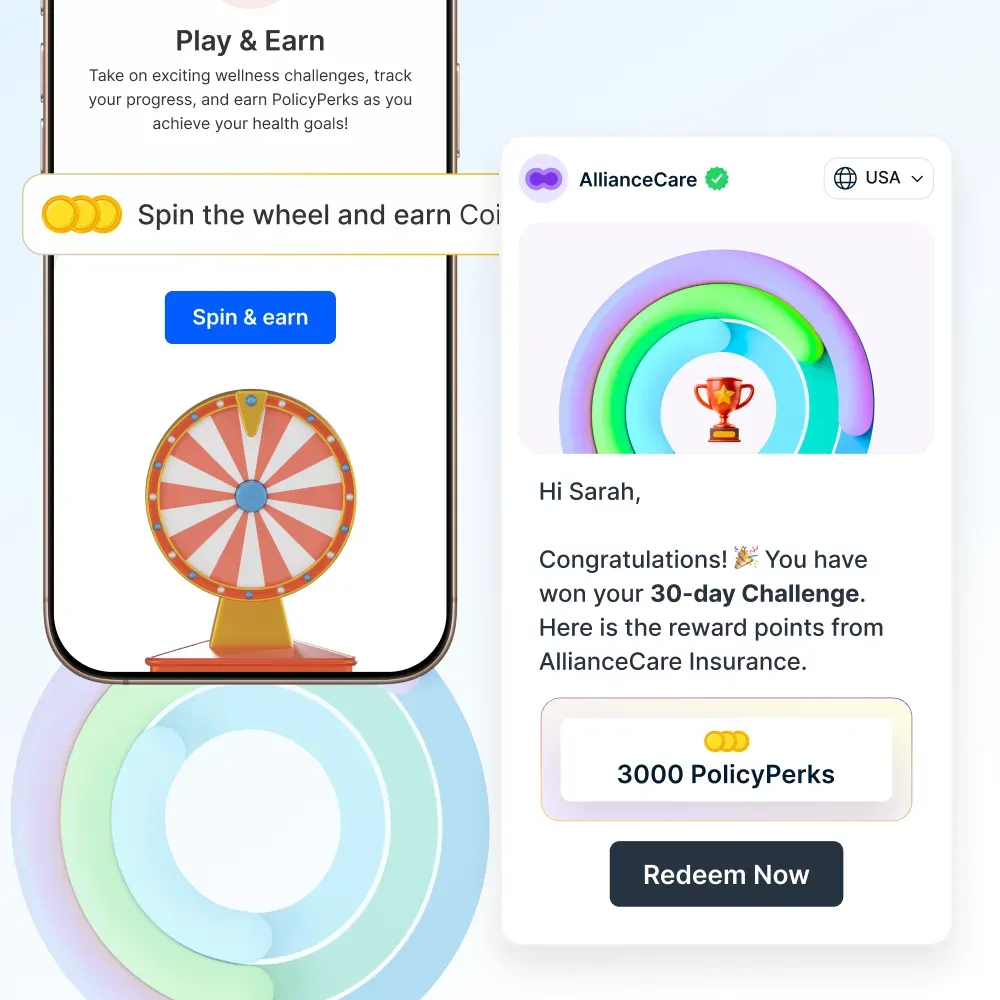
6. Referral programs
A customer-to-prospect referral system is one of the most cost-effective loyalty strategies, especially for small and medium-sized businesses. Customers often make the best brand advocates because they deeply understand the products and services.
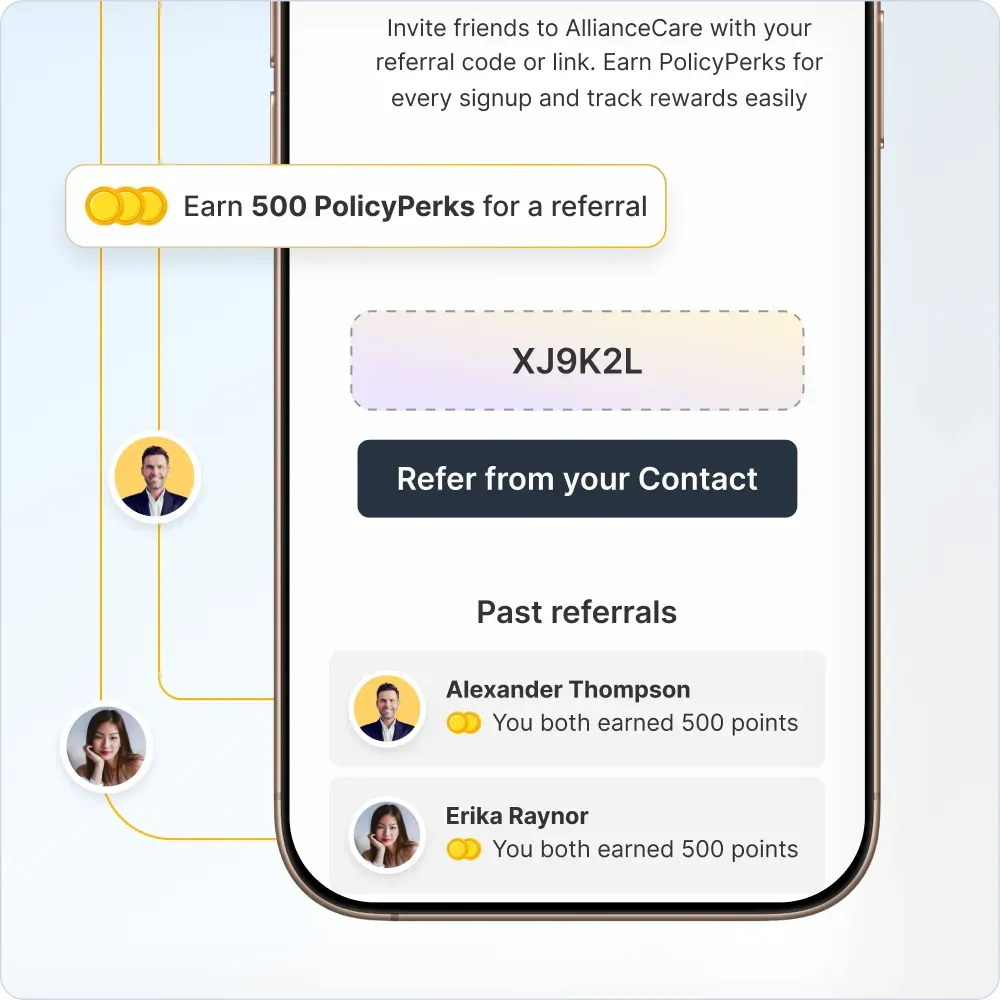
When combined with a word-of-mouth strategy amplified by social media, referral programs can significantly boost both customer acquisition and loyalty.
7. Give first-time purchase discounts
Attracting new customers is as important as retaining your old and loyal ones. So, to attract new customers to continually use your services, you can provide special first-time purchase benefits and discounts.
In the case of online purchases, this can be in the form of a common and generic discount coupon upon signing up, while customers preferring in-store purchases can be provided with the benefit of providing their number and enrolling for the loyalty program.
Esto también puede añadirlos al embudo de ventas, lo que le permitirá enviar mensajes de oferta en cada promoción especial basada en eventos o festivales.
8. Introduce VIP perks
Las ventajas VIP son beneficios basados en el tiempo o en el valor que puede ofrecer a sus clientes fieles. En concreto, su programa de fidelización puede ofrecer ventajas y ofertas exclusivas una vez que el cliente haya alcanzado un determinado número de transacciones o un cierto valor de compras acumuladas.
Además, puede establecer un intervalo de tiempo, como un número concreto de compras o un valor de compra alcanzado en un año para ser considerado VIP según el programa. A estos clientes VIP puede ofrecerles ventajas como mejoras gratuitas, servicio prioritario, acceso anticipado a las rebajas o regalos y cestas personalizados.
9. Sell store-exclusive freebies
Los programas de fidelización para pequeñas empresas no sólo tienen que consistir en ofrecer beneficios. También puede ofrecer ventajas de fidelización en forma de artículos específicos para la tienda que no estén disponibles en ningún otro sitio. Estos artículos pueden incluir el logotipo de la marca, el nombre de una campaña concreta en curso, citas o cualquier otro concepto personalizado.
También puede hacer que estos obsequios sean de edición limitada, incluyendo estrategias como que sólo los primeros X clientes obtengan el producto, o que los productos sólo estén disponibles durante un tiempo limitado, como durante un festival o evento.
Además, también puede combinar la idea de ofrecer ventajas VIP con esta estrategia proporcionando estos obsequios sólo a aquellos que hayan alcanzado un determinado hito en cuanto al número de transacciones o el valor acumulado de las compras realizadas en un intervalo de tiempo específico. Esto hará que otros clientes compren más en su tienda para poder conseguir esas ventajas exclusivas para ellos.
10. Host feedback rewards once a month
Las opiniones de los clientes son una forma eficaz de mejorar sus servicios y optimizarlos según sus deseos. Sin embargo, es posible que la mayoría de los clientes no se sientan inclinados a compartir sus opiniones porque les lleva tiempo y no les aporta ningún beneficio inmediato. Para evitarlo, puede organizar sesiones de comentarios incentivados para los clientes de su programa de fidelización.
You can offer products, benefits, or discounts in exchange for detailed and honest feedback. This feedback can be in the form of in-store surveys with discount coupons awarded or surveys sent over the mail to the customers with gift cards and coupons awarded on completion.
11. Return rewards
Returns can place a significant burden on brands and contribute to environmental strain. To address this, brands can reward customers who choose more sustainable return options.
For example, offering loyalty points to customers who use package-free, or label-free return methods can encourage eco-friendly behavior. This approach not only reduces mail-in returns and carbon emissions but also strengthens customer engagement by aligning rewards with shared environmental values.
12. Tiered benefits
Brands can strengthen customer loyalty by introducing a tiered system that rewards customers based on their level of engagement or spending. This approach offers public recognition and a range of benefits, such as early access to sales, exclusive products, or special services.
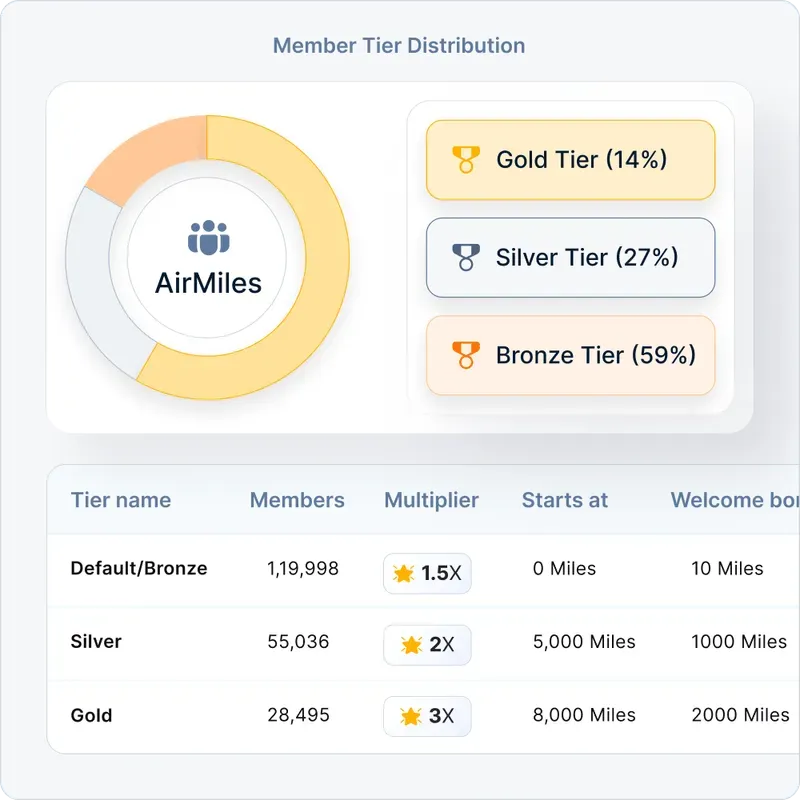
Much like event sponsorship models, where contributors are classified into bronze, silver, or gold levels, tiered loyalty programs give customers the opportunity to unlock progressively valuable rewards as they deepen their relationship with the brand. This not only encourages repeat purchases but also makes customers feel appreciated and recognized.
13. Knowledge exchange programs
Small businesses can enhance customer loyalty by implementing a knowledge exchange program. In this model, customers earn points by providing insights, feedback, or suggestions on products, which they can later redeem for exclusive experiences or special discounts. This approach not only strengthens customer engagement but also offers businesses valuable input that can help improve products, services, and overall growth strategies.
14. Community rewards programs
A community rewards program is an innovative loyalty initiative that small businesses can adopt to strengthen local connections and partnerships. By collaborating with nearby businesses such as coffee shops, fitness centers, or retail stores, they can offer joint rewards or exclusive discounts to shared customers.
This approach not only encourages customer loyalty but also fosters a sense of community and supports the growth of local businesses.
15. Utilize digital loyalty platforms
For many businesses, especially in the B2B space, one common challenge is that their own products or services may not be well suited as loyalty rewards. This is where partnering with a digital loyalty platform becomes a smart solution. By using a platform that offers a broad range of personalized and flexible rewards, businesses can still deliver memorable loyalty experiences tailored to the needs and preferences of their audience.
Loyalife is a powerful digital loyalty platform designed to help companies automate, personalize, and elevate their reward programs. With features like AI-driven reward automation, Loyalife enables brands to offer a diverse catalog of rewards that customers can choose from themselves, creating a sense of choice and control that enhances satisfaction.
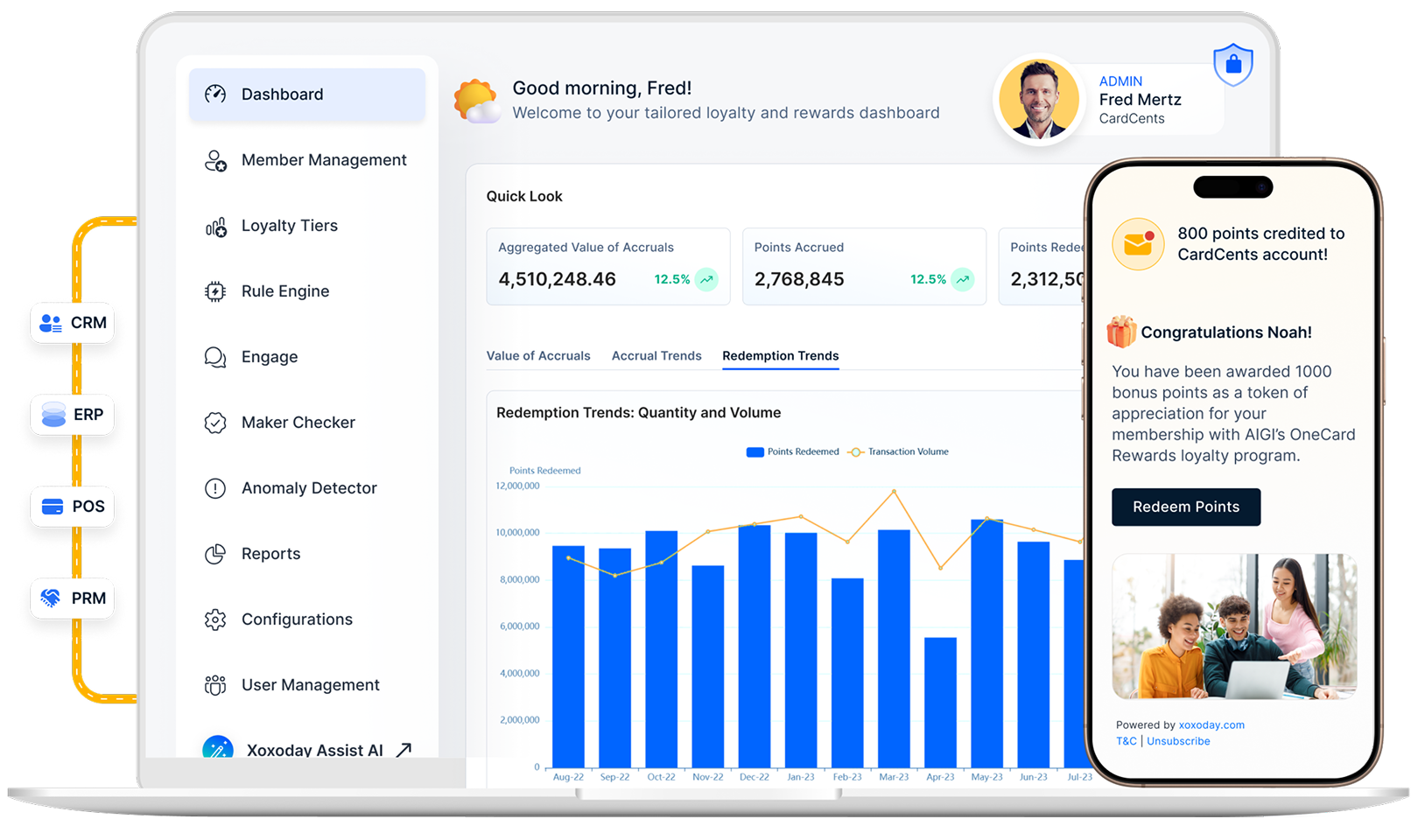
What’s more, Loyalife seamlessly integrates with existing CRM and automation tools, making it easy for businesses to track, measure, and optimize loyalty campaigns in real time. This ensures not only a smooth customer experience but also clear insights into program performance and impact.
¿Cómo sabe si su programa de fidelización funciona?
Loyalty programs can be very effective in changing the very presence and image of your brand. But you can only find that out if you monitor how customers are reacting to it.
So, after you have put your creative loyalty program strategy into action, you need to keep an eye on the statistics and metrics to find out whether you have been successful or not.
And for this, these 3 metrics can help you out:
1. Tasa de retención de clientes
La tasa de retención de clientes es probablemente la métrica más sencilla y eficaz que puede ayudarle a evaluar la eficacia de su programa de fidelización. Esto es especialmente cierto porque el único objetivo de estos programas es retener a los clientes. En este sentido, si se ve invirtiendo una gran cantidad de dinero en el programa pero sus clientes no repiten las compras, puede estar seguro de que el programa elegido no es la opción correcta.
Realizar comprobaciones periódicas de esta métrica, por ejemplo mensual o trimestralmente, puede ayudarle a aplicar estrategias correctivas con prontitud para obtener el mejor impacto.
2. Tasa de rotación de clientes
La pérdida de clientes, al igual que la retención de clientes, debe seguirse para ver cuántos clientes se han ido de su lado. Esto, junto con la tasa de retención, le ayudará a mantener un seguimiento mensual preciso de cómo responden sus consumidores a sus programas de fidelización.
Por lo tanto, si su tasa de retención está disminuyendo mientras que su tasa de rotación está aumentando, puede ver que necesita cambiar sus estrategias de inmediato.
3. Índice de satisfacción del cliente
Lastly, you can find out directly from your customers whether your loyalty programs have been successful or not. You can gain these insights from surveys and other feedback methods, such as tracking reviews on public platforms and discussions on social media.
Si observa un alto índice de satisfacción de los clientes, lo ideal es que coincida también con un alto índice de retención. Sin embargo, si los clientes parecen satisfechos, pero el índice de rotación sigue siendo alto, es posible que también tenga que cambiar sus estrategias en consecuencia.
Conclusión
Loyalty programs are a powerful way to attract new customers while strengthening relationships with your existing ones. For small businesses, the key lies in using creative, thoughtful ideas that set you apart and deliver real value from the start. But launching a program is just part of the journey — it’s equally important to continuously track performance, gather insights, and evaluate how well your efforts resonate with your audience.
Loyalife is designed to help small businesses simplify and scale loyalty strategies without overwhelming resources or complex systems.
Why Loyalife works for small business loyalty programs:
- Easy to launch and manage: Loyalife’s intuitive interface makes it simple to design and roll out loyalty campaigns—even without a dedicated marketing team.
- Customizable rewards and campaigns: Whether you’re offering cashback, points, or exclusive perks, you can tailor every program to match your brand and customer preferences.
- Automated workflows: Save time with automated point tracking, tier upgrades, and reward distribution—no manual spreadsheets needed.
- Real-time insights: Track what’s working (and what’s not) with built-in analytics that help you fine-tune your program for better results.
- Affordable and scalable: Start small and grow your program as your business expands. Loyalife’s flexible setup supports your needs at every stage.
- Integrated experience: Seamlessly connects with your POS, CRM, or e-commerce tools to ensure a consistent experience for your customers.
Schedule your demo with Loyalife today and discover how to turn everyday customer interactions into long-lasting relationships.










